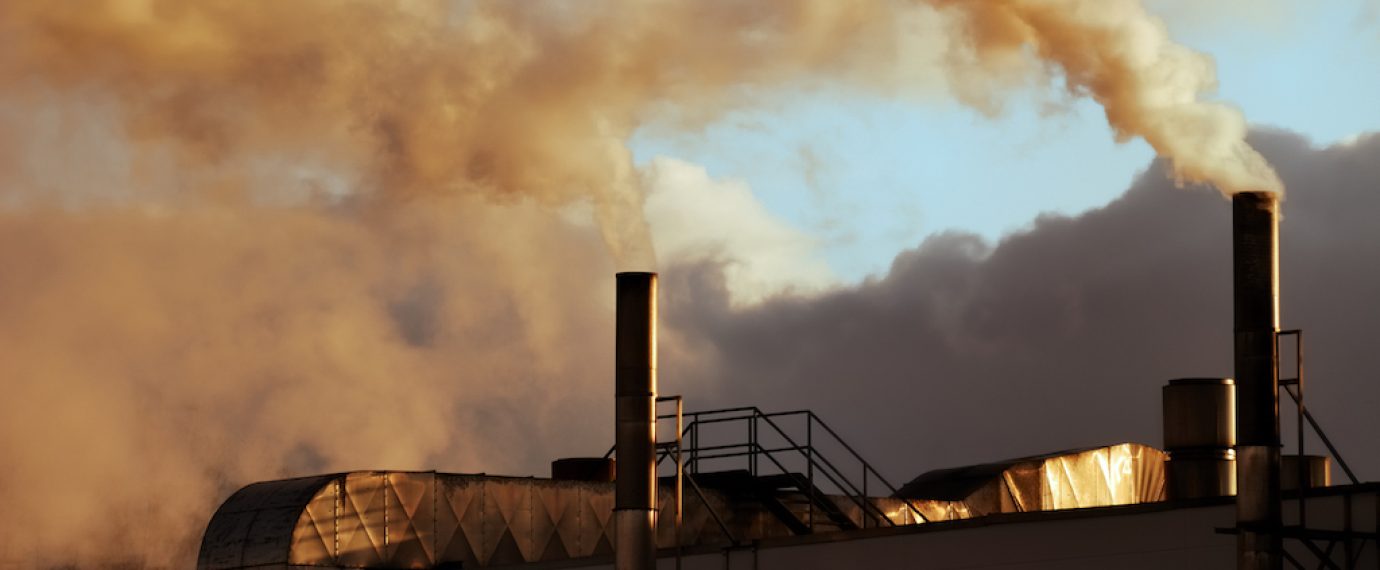Under the Clean Air Act, the U.S. Environmental Protection Agency (EPA) sets National Ambient Air Quality Standards (NAAQS) for pollutants considered harmful to public health and the environment. Any city or county that does not meet a NAAQS is classified as a nonattainment area.
Ozone is one of the six criteria pollutants with NAAQS and is formed when nitrogen oxides (NOx) and volatile organic compounds (VOCs) react in the atmosphere in the presence of sunlight. The EPA set the 2008 ozone standard to 75 parts per billion (ppb) and required all areas of the country to meet this monitored concentration by July 20, 2018. Those areas that were not able to demonstrate compliance with this standard have now been classified as ozone nonattainment areas.
Moderate to Serious Nonattainment
The eight areas listed below were previously classified as Moderate nonattainment and failed to meet the 2008 ozone NAAQS by the attainment date. Therefore, they are now reclassified as Serious nonattainment. Each state has until July 20, 2021, to demonstrate that they have met the standard by implementing state permitting and emission control programs.
- Chicago-Naperville, IL-IN-WI;
- Dallas-Fort Worth, TX;
- Greater Connecticut, CT;
- Houston-Galveston-Brazoria, TX;
- Nevada County (Western part), CA;
- New York-N. New Jersey-Long Island, CT-NY-NJ;
- San Diego County, CA; and
- Denver Metro/North Front Range, CO.
Additional areas of the country were already classified as Serious or Severe and are operating under specific state programs. The following EPA map identifies the areas currently classified as ozone nonattainment.

Figure 1: Current 2008 Nonattainment Classification. Source: EPA Green Book
Impact to Air Permitting
The nonattainment classification has a direct impact on state air permitting programs and compliance for each individual facility in the noted areas. Under the Clean Air Act, a Moderate nonattainment classification has a major source Title V permitting threshold of 100 tons per year for NOx and VOC; however, a Serious nonattainment classification reduces this threshold to 50 tons per year. Any facility in a Serious nonattainment area with VOC or NOx potential emissions greater than 50 tons per year will either be required to obtain a Federal Title V permit or request limits within a permit to avoid a major source classification.
Chicago, Illinois Area Example
Using the Chicago area as an example, any facility within the classified Serious nonattainment area with potential NOx or VOC emissions greater than 50 tons per year must submit an application to the Illinois EPA for a Title V permit or for a Federally Enforceable State Operating Permit (FESOP) by September 23, 2020.
If a facility has an existing FESOP, an application may be required to further limit the facility emission to less than 50 tons per year. A facility that currently has a Lifetime Operating Permit, a Registration of Smaller Sources (ROSS), or has been deemed exempt from permitting, must review and verify that unlimited potential NOx and VOC emissions remain below the 50 tons per year threshold, or a FESOP must be obtained.
Summary
Each state permitting program will set deadlines for obtaining the appropriate permit for each of the nonattainment areas impacted. A facility with the potential to emit regulated emissions must determine if NOx and VOC emissions exceed the 50 tons per year threshold or any other threshold set in the state permitting program. If required, an application must be filed with the state permitting board to obtain the required permit.



